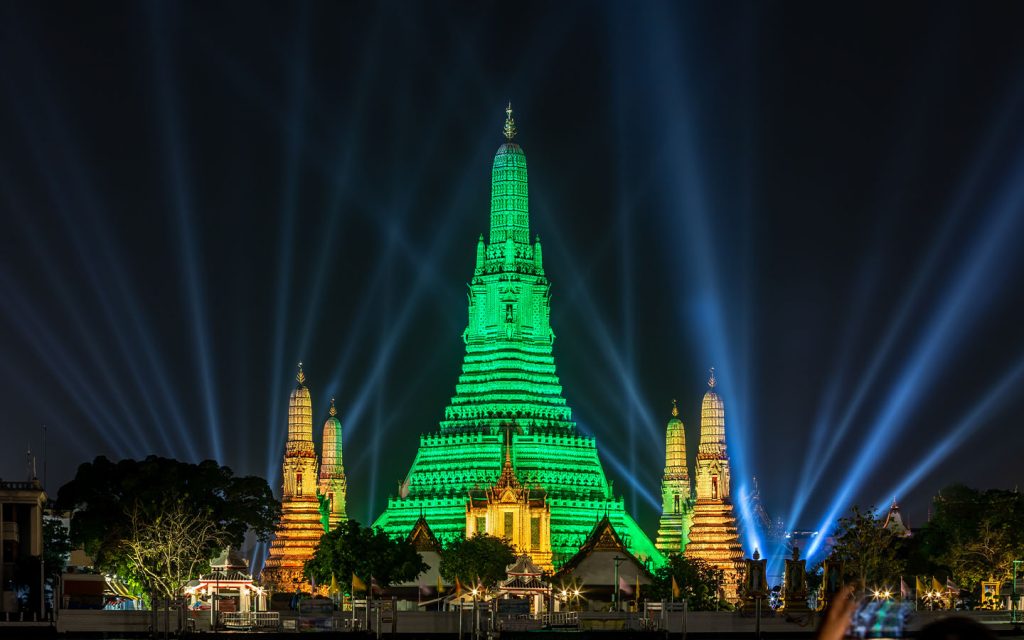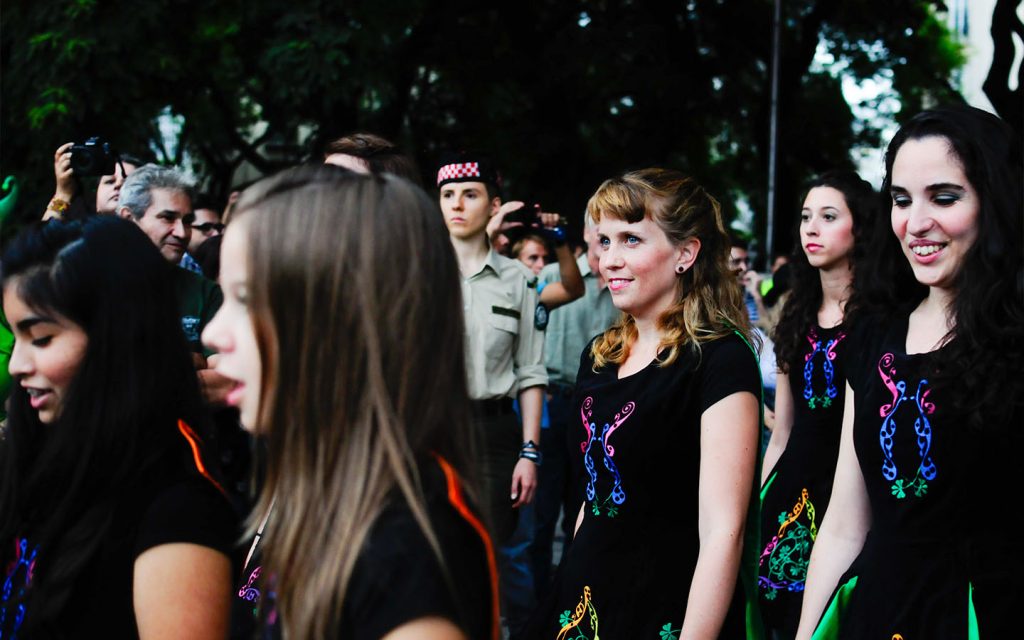Every year – and almost always on 17 March – the Irish celebrate Lá Fhéile Pádraig. The rest of the world knows it as the Feast of St. Patrick. As well as a religious observance, the day is a cultural celebration of all things Irish.
Not that you have to be Irish to join in the fun, because St. Patrick’s Day is popular around the globe. In St. Patrick’s name, Lithuanian rivers have been dyed green, parades have been held in Seoul and Tokyo, and tens of thousands party each year on the streets of the Argentine capital Buenos Aires.
[See more: ‘It’s not an exclusive thing.’ Celebrating St. Patrick’s Day in Macao and Hong Kong]
If you’re like most people, you probably associate St. Patrick’s Day with Guinness, shamrocks and Irish stew. But how much do you know about the saint himself or why the day is associated with the consumption of intemperate amounts of alcohol?
Read on for five quirky things you never knew about Lá Fhéile Pádraig – and, as they say when they raise a glass in Ireland, sláinte!
1. A Portuguese educated priest is the reason we celebrate it
While there is evidence that St. Patrick’s Day was informally observed in Ireland as early as the 9th and 10th centuries, it did not appear on the Catholic Church’s liturgical calendar until the early 17th century. For that, we have Brother Luke Wadding to thank.
The prominent Franciscan friar was born in Ireland but educated in Lisbon and at the University of Coimbra. He completed his novitiate at Matosinhos, in northern Porto, and was ordained in 1613 by João Manuel, the Bishop of Viseu.
[See more: Hundreds join first St. Patrick’s Day in Macao]
Wadding rose to great prominence in the Church (in fact he nearly became pope) and through his considerable influence, St. Patrick’s Day was placed on the Church calendar.

2. The saint it’s named after used to be a slave who went by many names
St. Patrick was probably born in the 5th century (the dates are uncertain), and likely in northern England but possibly Scotland. The son of a senator – Britain was a Roman province at the time – he was captured by slave traders and taken to Ireland, where he was forced to work as a herder.
[See more: Bailundo king meets with descendants of escaped slaves in Brazil]
He escaped after a number of years, returned to his family, became a priest and then went back to Ireland as a missionary. He is credited with spreading Christianity to Ireland, eventually becoming its first archbishop.
Tirechán, a 7th century Irish bishop writing long after St. Patrick’s passing, said that the saint was also known as Magonus, Succetus, and Cothirthiacus. But somehow “Shall we all go for a pint on St. Succetus’ Day?” doesn’t have the same ring to it.
3. It’s a public holiday in Montserrat, but not for reasons you think
The Carribean island of Montserrat has deep – but not always happy – Irish connections. Irish servants, adventurers and traders, fleeing British rule, began settling it in the 17th century. They set up plantations and imported African slaves. On 17 March 1768, those slaves – reasoning that their masters would be drunk from their St. Patrick’s Day celebrations – launched a rebellion. The revolt failed and nine slaves lost their lives. The leader, Cudjoe, was executed.
[See more: A colourful tribute to Black women wins at Rio de Janeiro’s Carnival]
In 1985, 17 March became a public holiday to commemorate the territory’s struggle for freedom and to honour the fallen. The people of Montserrat, many of whom are of Irish descent, also celebrate St. Patrick’s Day the conventional way – with parades and carousing. But islanders never forget the sombre history that they day holds for them.

4. Lent is the reason people drink a lot on St. Patrick’s Day
Awkwardly for Catholics who like to imbibe, St. Patrick’s Day falls during Lent – the 40-day period during which the faithful are meant to practise penance, fast, and forswear indulgences such as alcohol.
Perhaps realising that it was fighting a losing battle, the Church in 19th century America began dispensing Catholics from such obligations on St. Patrick’s Day itself – giving them a quick day of revelry before Lent ended on Holy Thursday. Judging by the boisterous St. Patrick’s Day celebrations around the world, the tradition of cramming several weeks worth or partying into a single day seems to have persisted.
[See more: Six independent bars in Macao to visit now]
Such exemptions can’t be granted when St. Patrick’s Day falls during Holy Week, however. The day has fallen twice on Palm Sunday during the last 80 or so years, when the celebrations were tactfully moved – to 3 April 1940 and 15 March 2008 – in order to maintain religious propriety. The feast day won’t fall in Holy Week again until 2160.
5. St. Patrick’s Day has been celebrated in space
While on the International Space Station (ISS) on St. Patrick’s Day 2011, the Irish American astronaut Catherin Coleman played a flute and a tin whistle belonging to members of the Irish folk group the Chieftains. The band later included a recording of her performance on its 2012 album Voice of Ages.
[See more: Macao scientists line up to take part in manned space programme]
On St. Patrick’s Day in 2013, Chris Hadfield – the Canadian astronaut whose recording of David Bowie’s “Space Oddity” made him a viral star – wore green while aboard the ISS and recorded himself singing the iconic Irish ballad “Danny Boy.”






